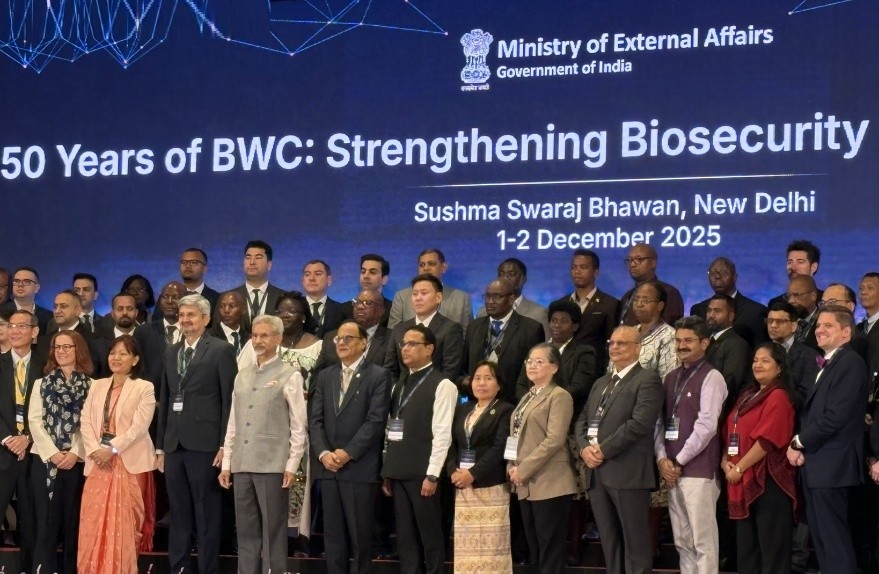Font size:
Print
Delimitation: A Constitutional Dilemma in Modern India
Reimagining Delimitation : Balancing Representation, Population, and Federal Equity
Context: Delimitation — the redrawing of parliamentary and assembly constituencies — as mandated by Articles 82 and 170 of the Indian Constitution, has reignited fierce debates across the country.
More on News
- On one end of the spectrum are concerns rooted in the letter of the Constitution and its implications if applied as intended.
- On the other, some have responded with alarmist and even humorous suggestions, such as encouraging rapid population growth to avoid being politically outnumbered.
- As emotions flare, there is a pressing need to step back and examine the issue with objectivity.

Constitutional Mandate and Emerging Anxieties
- After Each Census: According to the Constitution, following every census, the allocation of Lok Sabha seats among states and the division of state territories into constituencies must be recalibrated.
- A similar directive applies to state legislative assemblies.
- 42nd Amendment: However, the 42nd and later amendments froze this readjustment until 2026, with the next delimitation to be based on the census conducted thereafter.
- Concerns: This provision has sparked concern, particularly among southern states, fearing they will lose representation despite their success in population control.
- Though evidence supporting these fears is limited, their sentiments deserve acknowledgment.
Federalism and the Flawed Logic of Purely Population-Based Representation
- At the heart of the debate is the tension between population-based representation and federal equity.
- Relying solely on population to determine seat allocation rewards states with higher population growth — often at the cost of those that implemented responsible population control measures.
- This creates an inherent imbalance in the spirit of cooperative federalism.
- Historical data reflects a gradual expansion of Lok Sabha seats — from 489 in 1951 to 543 today — driven by delimitation exercises.
- However, there has never been a fixed formula to determine the ideal population-to-seat ratio.
- While the average population per Lok Sabha seat rose from 7.32 lakh in 1951 to about 27 lakh in 2024, Vidhan Sabha seats saw a similar trajectory.
- This growth is not just numerical but has political and logistical consequences.
Representation: Beyond Numbers
- While population has been the primary factor in determining representation, it has not been the only one.
- Other considerations such as geographical continuity, administrative boundaries, and regional concerns have also shaped electoral maps.
- This raises a deeper question: what does it mean to “represent” a constituency?
- A Member of Parliament or a legislative assembly does not derive more authority or legitimacy based on the size of their electorate.
- Their role in legislative processes, committee participation, and oversight functions remain unchanged.
- Moreover, there is little evidence to suggest that smaller constituencies lead to better representation or governance.
- Instead, strengthening grassroots democracy and empowering local self-governments may offer a more meaningful improvement in governance.
Moderating Population as a Criterion
- Balanced Approach: Given the central government’s active promotion of population control in the past, penalising states that succeeded in implementing these policies seems counterproductive.
- A kind of “population deflator” — similar to how real GDP is adjusted for inflation may be adopted.
- Using TFR: One possible model is to adjust population figures using the Total Fertility Rate (TFR), a key determinant of population growth.
- For instance, while the current population might suggest the Lok Sabha should have over 1,400 seats (using 1977’s 10.10 lakh average), adjusting for the TFR might reduce this to a more manageable and equitable number like 680.
- State-specific TFR data could further refine this adjustment, ensuring that states are not unfairly disadvantaged for controlling population growth.
What India needs is a mature, inclusive, and nuanced dialogue — one that balances constitutional mandates with present realities, federal fairness, and the foundational principle of “one person, one vote.”


